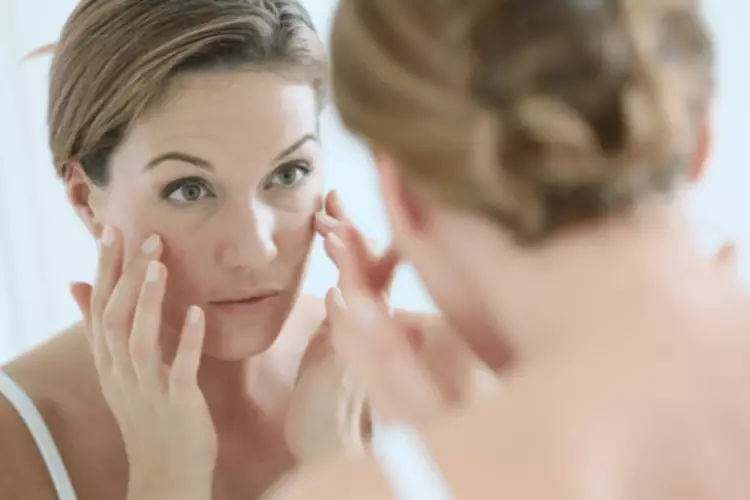Art Therapy In Recovery: Using the Power of Creativity to Treat Addiction
If you or someone you love is suffering from substance abuse disorder, call The Recovery Village today to explore the various treatment options available to you. A true fact-based on historical records tells us that during World War I and II, soldiers received art therapy treatments to recover from PTDS (Post Traumatic Stress Disorder). These treatments combine talk therapy with artistic consciousness to promote introspection, reflection, and problem-solving skills among survivors. His art therapist encouraged him to draw a second picture of what he hopes to feel like a year from now. Expressive Arts for Healing, often referred to as Art Therapy, harnesses the transformative power of artistic expression.
What Is Expressive Arts Therapy?
Whether working individually or in a group setting, art therapy provides a rich and meaningful channel for individuals to explore, process, and communicate their journey of recovery. Engaging in creative expressive therapy not only provides relaxation and an outlet for stress-relief, but also engenders a sense of connection to self and the surrounding world. When it comes to addiction recovery, traditional talk therapy may not be enough to address the complex emotional and psychological challenges that come with the journey. In this section, let’s explore the world of Art Therapy and how it can be an effective tool for addiction recovery. Then, we’ll dive into the positive impact of Art Therapy on addiction recovery backed by real-life case studies and research.
Painting, Drawing or Mixed Media
- These science-based exercises will provide you with detailed insight into Positive CBT and give you the tools to apply it in your therapy or coaching.
- Some common techniques include creative writing, where you may be given an initial prompt or a specific topic to explore.
- While it is possible to include art in your practice if you aren’t a professional art therapist, it’s important to ensure you have training on art therapy and how to use art effectively.
- I instruct them to decorate the outside in ways that represent how they show who they are to the world.
- These detailed, science-based exercises will equip you or your clients with tools to find new pathways to reduce suffering and more effectively cope with life stressors.
- This job is not only something I’m passionate about, but it also challenges me.
Feelings and associations related to the pain can get jammed up, repressed, or acted out/expressed in less than desirable ways. Once your client has finished, run through some open-ended processing questions to explore their meaning. When you put your art out into the world, your shoulders may feel less heavy. You don’t have to carry your emotions with you forever, and releasing your negative energy through art can help you feel free from it all.

Art and Music Therapy: A Creative Approach to Addiction Recovery
Any skill level of artistry easily allows the participant to accomplish Zentangle—to achieve something in a thoughtful and healing format. All you need to create zentangles are some pens and/or pencils and some paper. The participants should use colors that represent positivity and those that they enjoy https://ecosoberhouse.com/ the most. They can create a necklace, a keychain, a bracelet, or any string of beads that will benefit them the most. The box itself can also be decorated to demonstrate the individual’s idea of self-care. The box will hold items the person can turn to for comfort during troubling or challenging times.
Mindfulness
- A team of reviewers will select the top submissions for each art category and age classifications.
- Over time and ongoing toxicity from drug and alcohol intake, emotional balance declines.
- It’s common for art therapists to also hold licensure in counseling or social work.
- This book will really appeal to practicing psychotherapists who want to understand how to incorporate expressive arts techniques into their existing approach.
- Her meaning around her ability to be a good mom was wrapped up in guilt about her past drug use.
Another form of expressive art therapy is playing musical instruments or revisiting old passions, such as dance or theater. In a group therapy setting, role-playing and dramatic expression help you relate to others, opening up to share experiences and emotions in a supportive environment. Community centers, support groups, or nonprofit organizations may host art or creative expression workshops specifically designed for individuals in addiction recovery.

Access to nature in either a garden or park is also preferable (Atkins & Snyder, 2017), as it’s much easier to slow down in nature than in a busy urban setting. For this activity, you will need drawing pencils, ink pens, felt pens, colored pencils, pastels, chalks, art therapy for addiction crayons, acrylic and/or water paints, and brushes. This video trailer for the book Video and Filmmaking as Psychotherapy (Cohen et al., 2016) gives a taste of how filmmaking is being used in psychotherapy with veterans to treat post-traumatic stress disorder.
Drawing, making music and writing poetry can support healing and bring more humanity to health care in US hospitals – The Conversation
Drawing, making music and writing poetry can support healing and bring more humanity to health care in US hospitals.
Posted: Fri, 09 Jun 2023 07:00:00 GMT [source]
The Positive Impact of Art Therapy on Addiction Recovery
Meanwhile, trust an electronic health record like TenEleven to manage the day-to-day of your organization’s administrative duties. With TenEleven handling everything from scheduling appointments, managing your revenue cycle, and reporting, you’re able to truly focus on dipping your brush in the paints and maximize patient care. People under the influence of a chemical on a consistent basis will enact inappropriate responses to their environment and social situations. Anxiety, depression, and reactive moments are common and may even be the symptoms of post-traumatic-stress disorder. For more information, don’t forget to download our three Positive CBT Exercises for free. This graduate degree program with a duration of two years full time or three years part time at Hong Kong University is the only one available in Asia.
Trauma and Expressive Arts Therapy: Brain, Body, and Imagination in the Healing Process – Cathy A. Malchiodi

